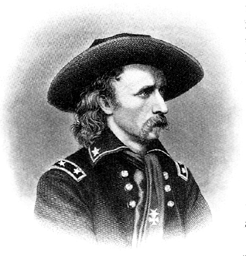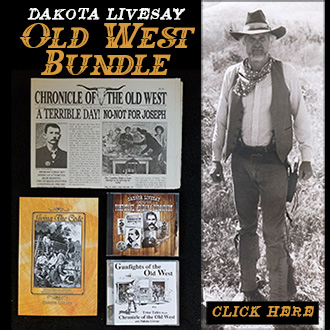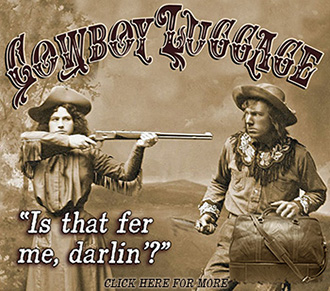CUSTER & BLACK KETTLE
It was November 27, 1868 when Lieutenant Colonel (Who, incidentally, was no longer a General) attacked a band of peaceful Cheyenne living with Chief Black Kettle.
Earlier in 1868 Custer was convicted of desertion and mistreatment of soldiers by a military court, the government had suspended Custer from rank and command for one year. In September 1868, General Philip Sheridan had reinstated Custer to lead a campaign against Cheyenne Indians who were making raids in Kansas and Oklahoma.
On November 26, Custer located a large village of Cheyenne encamped near the Washita River, just outside of present-day Cheyenne, Oklahoma. Custer did not attempt to identify which group of Cheyenne was in the village, or to make a reconnaissance of the camp.
Had he done so, Custer would have discovered they were peaceful people and the village was on an Indian Reservation, where the commander of Fort Cobb had guaranteed them safety. There was even a white flag flying from one of the main dwellings, indicating the tribe was actively avoiding conflict.
Having surrounded the village the night before, at dawn Custer called for the regimental band to play “Garry Owen,” which signaled for four columns of soldiers to charge into the sleeping village. Outnumbered and caught unaware, scores of Cheyenne were killed in the first 15 minutes. Within a few hours, the village was destroyed. A total of 103 Cheyenne, including the peaceful Black Kettle and many women and children were killed.
Although anything but, it was hailed as the first substantial American victory in the Indian wars. However, it helped restore Custer’s reputation and succeeded in persuading many Cheyenne to move to the reservation.
Incidentally, Custer’s habit of boldly charging Indian encampments of unknown strength would eventually catch up with him at the Battle of the Little Bighorn.






Leave a Reply